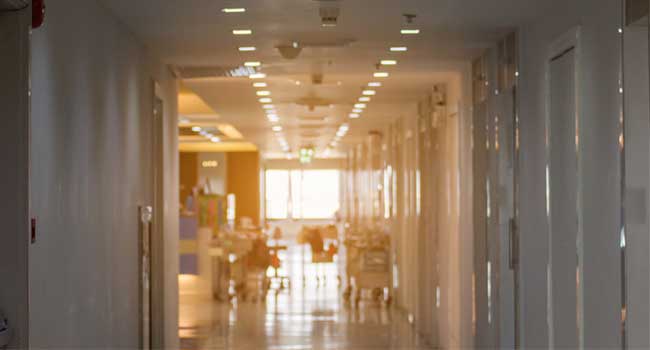
Hospitals Grapple with Security Measures after New York Shooting
A man defied security measures to kill his bedridden wife and himself, rattling hospital staff.
- By Jordan Lutke
- August 31, 2018
A woman and her husband died of an apparent murder-suicide at the Westchester Medical Center on August 8. Authorities say the shooter wanted to end his wife’s suffering.
The suspect was at the hospital visiting his wife. He brought a licensed .38-caliber revolver with him into the room, shooting her and then himself after leaving a note indicating his intentions. Police responded to the active-shooter call at 9:39 A.M. Within 90 minutes, the lockdown on the building was lifted, and operations had fully resumed by the afternoon.
Westchester Medical Center has security measures including armed guards, but has no metal detectors, which authorities believe is how the suspect was able to smuggle the revolver inside. Most hospital security is focused around the entrance and emergency rooms, not long-term care.
Hospitals across the Northeast have been struggling to beef up security following a recent trend of shootings, especially a June 2017 shooting where an ex-employee in a Bronx area hospital killed a doctor and wounded six others.
Popular methods of increasing security include metal detectors, required guest passes with an identification process, and even armed guards. Some hospitals have even begun hiring police officers to provide extra security.
Hospitals provide security coordinators with many complex problems. There are normally large populations of elderly or immobile patients, which can persuade staff to stay with them and fail to evacuate during active-shooter scenarios. Hospitals also tend to have many entrances, with people coming and going regularly.
Westchester Medical Center officials say they will be reviewing security practices in the wake of this incident.
About the Author
Jordan Lutke is an intern with 1105 Media.